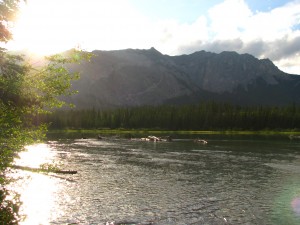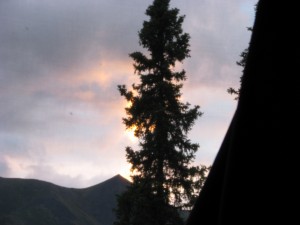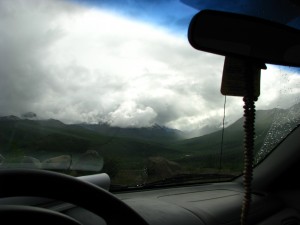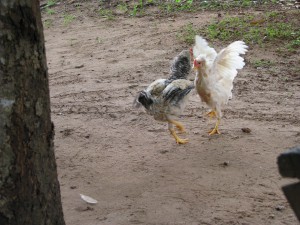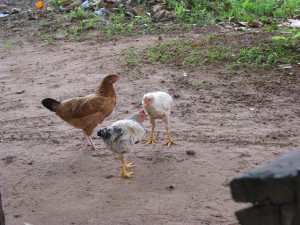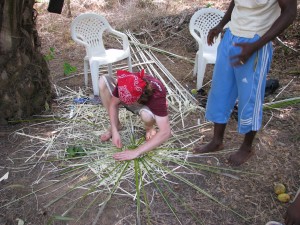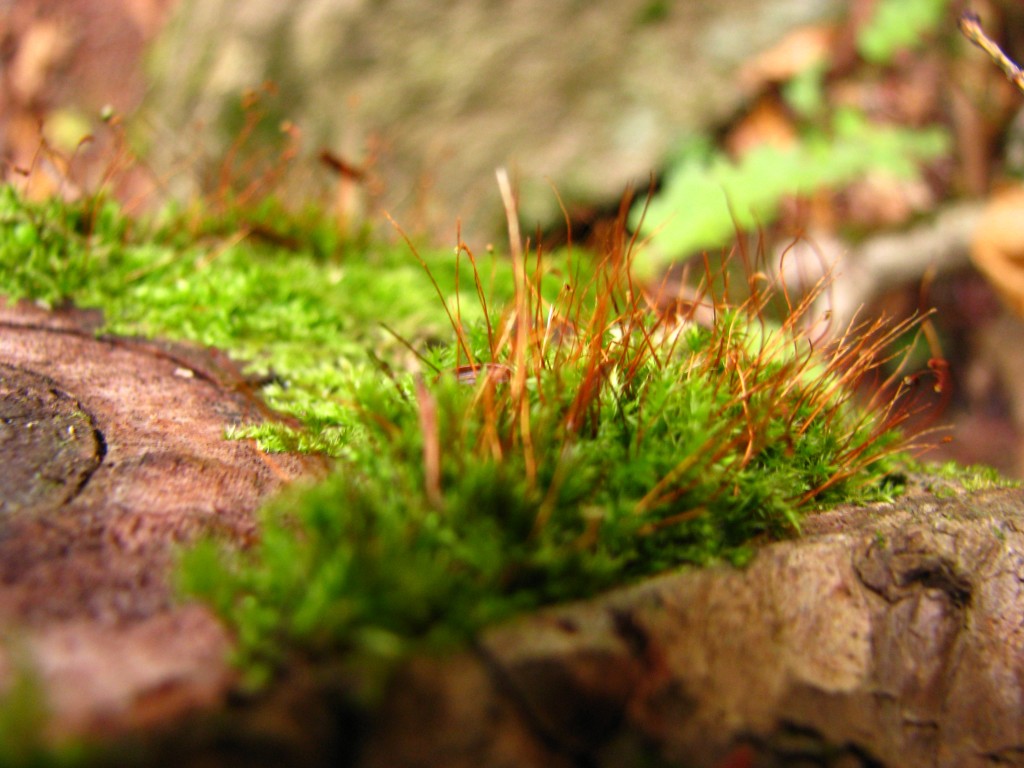3:3 Green Grass, Running Water: Connecting symbol to meaning
For this post I will be hyper-lining information about characters in Green Grass Running Water, by Thomas King. These characters are complex representations and amalgamations of many ideas, tongue in cheek commentaries, and references to stories we prefer to avoid when talking about Canadian History, First Peoples, and colonization. I have attempted to weigh how much I have written on the character based on their appearance in my section.My assigned section were pages 115-121 of GGRW. In this chapter, we get some insight into Charlie Looking Bear, why he works for the company Duplessis. We also learn about the love triangle between Alberta Frank, Lionel, and Charlie.
Charlie Looking Bear
The majority of the passage I am responsible for is focused on Charlie Looking Bear. Upon first reading about Charlie Looking Bear I found him to be repulsive. He is actively aware that he is being used as a pawn for a Duplessis International Associates, a corporation battling Eli Stands Alone in the courts for the operation of the dam. When it is pointed out the tribe won’t gain any value from the dam being operations Charlie responds pragmatically with “Then some of us should, don’t you think?”
Is it really fair to dislike Charlie so? I would argue no. He is in opposition to Eli, someone we identify with as trying to protect his past, his heritage, and his beliefs by standing up. It is a classic David vs. Goliath epic and we all love underdogs. However, Eli already left home, didn’t look back, and already made a life (and wages!) that have allowed him to be standing up for what he believes in. In this I see a parallel to developed nations arguments about reducing resource extraction (and fossil fuel emissions) to developing economies. It is easy from our position to tell other nations to “green” themselves, because we have already built infrastructure and accumulated wealth. Thus, I would like to give Charlie a break.
Now, what does it mean, to be a Little Bear? Honestly, I am not sure. Little can have many connotations as can “Bear”, as literally devoid or as a metaphor or symbol. I tried to find out what the Bear represent in Squamish Lilwat culture, and found that the bear represents strength, family, learned humility, and is protector of the animal kingdom and forests. Perhaps this is why Charlie is Looking Bear. He certainly seems to be a strong character, but rather than protecting nature he is protecting the right of a corporation to destroy it.
The more I have explored around the subject, including some brief research on the American Indian Movement (AIM) I came across an individual named Wallace “Mad Bear” Anderson. He grew up near Niagara Falls on the Tuscarora Indian Reservation. He became an activist in 1957, and became a key figure in the Tuscarora Reservoir Protest. Anderson and others blocked surveyors from the Power Authority of the State of New York when they attempted to seize and build a reservoir that would floor land on the Tuscarora Reservation.
The more I have read about Wallace Anderson the more parallels I see between his reality, and Charlie Little Bear. Now, I see Little Bear as a tongue in cheek jab about what Charlie could have been with his legal background, a defender rather than an exploiter of circumstance. Perhaps an adequate description for how King treats some of his characters such as Charlie is as a mirror of reality, the same but opposite.
Full Story about Wallace Mad Bear Anderson
Alberta Frank
Alberta Frank. Where to start, she is a smart, educated, employed strong female character who does what she wants. Both Lionel and Charlie profess love for her, and she appears to be dancing the fine line between them.
Alberta Frank is easily related back to Frank, Alberta. No doubt others have found this connection, but rather than “Googling” her name I was initially reminded of a song. One of my favourite songs by the Rural Alberta Advantage is Frank, AB. There are some beautiful harmonies (Woo-eee-ooo-oohs) and I recommend you take a listen. Much to my shame, until now I was unaware of the deeper meaning behind the lyrics. What hooked me on this song was the haunting stanza:
My love I will hold on to your touch
Until there’s nothing left of us
To save you from this life
It leaves much to the imagination, but the song is really about Frank, Alberta, and of the 1903 landslide that destroyed a mine, businesses, houses, and killed 70-90 people. The song is short, sweet, and ends with:
And under the rubble of the mountain that tumbl’d
I’ll hold you forever,
I’ll hold you forever,
They’ll build up another
on the bodies of our brothers
and I’ll love you forever
The town was rebuilt. And perhaps that means that Alberta, as a symbol of danger and foreshadowed tragedy (especially when considering the love triangle) is also a symbol of hope. Another interesting point is that the Frank mine collapsed not because of extensive mining but because of a fault-line of limestone worn away by water (Read et al, 2005). This is reflected in the plot-line of Eli Stands Alone and the dam in the following sections. The dam was built on fault-lines that appeared would be its undoing. Alberta wants a child, but not another husband. More eloquently put she does not want two children. She might destroy the lives of the two men who love her in the process, but it may be just what she needs. Perhaps this is a way to illustrate how our strengths are also our weaknesses, our fault lines may seed destruction within our lives but they are also intrinsic to who we are.
Lionel
In my section, Lionel makes a woefully small appearance compared to his continuance and growth through the novel. He steps in a puddle, pick up the hitch-hiking four Indians, and reminisces about a conversation with Alberta. Lionel is perplexed that she is interested in Charlie in spite of her intellect, employment, and responsibility. This assumption on his part plays into Alberta’s own concerns about men interested in her only care about what they think she is, rather than how she sees herself and what she wants from life.
Later on in the story, the four travelling Indians seeking to fix the world focus on fixing Lionel. Now, I was initially unaware of who, or what Lionel Red Dog could represent or how he existed outside of the novel, outside of his character. Some searching on the Internet revealed a parallel between his characters experiences at Wounded Knee as a representation of the American Indian Movement. Perhaps it is a deeper connection, but I will leave exploring those connections to others whose sections are more focused on Lionel.
Lone Ranger
The Lone Ranger appears briefly in this section and meets Lionel while thumbing a ride to Blossom. The Lone Ranger is traditionally an American fictional character who travels around the “Wild West” fighting injustice with his sidekick, Tonto, an “Indian” portrayed in a stereotypical racist manner. Once again, I think King has created a mirror of a “real” character, in this case, King’s Lone Ranger is an Indian vs. the American fictional character who is a generic white Wild West vigilante hero. In this case, it seems as though the morality of the characters is mirrored as identical, but their visual and cultural connotations are opposite. The use of the Lone Ranger as an Indian character seems like a way to draw attention to how First Nations have been portrayed, and juxtaposition that with how they are today. 
Overall Opinion of Green Grass, Running Water
I would recommend reading Green Grass Running Water to any and all North Americans. Since I moved to the West coast of Canada, I have had several confusing experiences where my lexicon and language that I have been familiar with as a Maritimer go misunderstood. We are all familiar with our own background, knowledge base, and stories, and when we communicate within common ground we are well understood. However, when our stories lead away from common ground so that others can understand our own world view and the greater and more personal stories we can tell they must put forth an effect to explore and understand the unknown. That is how I feel about GGRW, initially it was very challenging. But as I have explored the connections, symbolism, and subtle undertones of what the story says without saying I have gained much greater insight into the history and world view of King. I would argue this is significant as a Canadian as well, to gain greater understand of not only our past and present, but what are future may hold.
References:
- King, Thomas. Green Grass Running Water. Toronto: Harper Collins, 1993. Print. Pages 115-121.
- Flick, Jane. “Reading Notes for Thomas King’s Green Grass Running Water.” Canadian Literature 161-162. (1999). Web. April 04/2013.
-
Read, R.S., Langenberg, W., Cruden, D., Field, M., Stewart, R., Bland, H., Chen, Z., Froese, C.R., Cavers, D.S., and Bidwell, A.K. 2005. Frank Slide a century later: The Turtle Mountain monitoring project. In International Conference on Landslide Risk Management. Balkema Publishers, Rotterdam, pp. 713–723.
